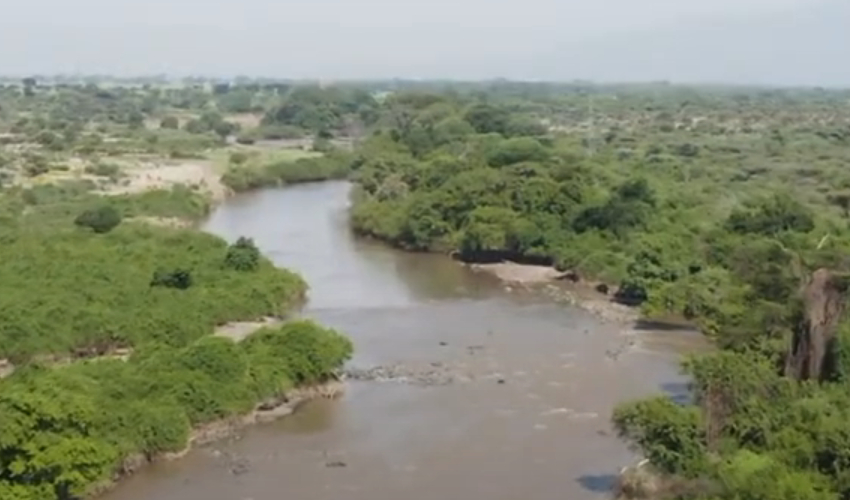During the World Water Week in Stockholm on August 22, Blue Deal Young Expert, Joy Pengel, presented a case on the Water Agreement and water allocation planning in the Awash basin in Ethiopia. She did this together with an expert from cooperation partner Woord en Daad.

The pressure on the water system in the Awash basin is very high. Various governments at federal level (Ministry of Water) and regional level (including Regional Water Bureaus from 3 autonomous regions) must arrive at a joint (catchment) approach. Cooperation in Ethiopia does not come about by itself. This movie explains this well.
Fair distribution of the available water
In various projects, the Blue Deal stimulates multi-level cooperation to achieve a better river basin approach. For example, the Blue Deal has supported the formulation of a Water Agreement between these parties. Together with one of our partners, Woord en Daad, we are helping these parties to implement the Water Agreement. The Water Agreement provides a framework for structural cooperation, coordination and harmonization of upstream and downstream interests.
One of the main goals of the Water Agreement is to promote a fair distribution of scarce water (equitable water allocation planning). Together with other partners, we are introducing a taxation system for water use, registration and licensing of water use, setting up irrigation water user associations, and rolling out a measuring network to monitor water availability. Every year we try to improve one or more parts of the water allocation planning process, for example through evaluations via an explanatory infographic.
Water quality and water allocation
During the presentation, the emphasis was placed on 2 specific topics of the Water Agreement: Waste water treatment/water quality and water allocation. Mainly around water allocation, we explained about the use of an infographic to start discussions and to ensure that everyone is talking about the same thing. The question that remained with the audience at the end of the presentation was how Water Pricing is addressed within this project. On this subject, we also mentioned how registration and payment of water are topics we are working on. There was also attention for the implementation of a Water Allocation Priority Ladder to indicate where the water should go during periods of scarcity.
Watch the session online
Would you like to hear more about our experiences? The title of the session was ‘Water Pricing: valuing and allocating water in the Awash basin in Ethiopia’. If you pre-registered online for World Water Week, you can replay the session here.
